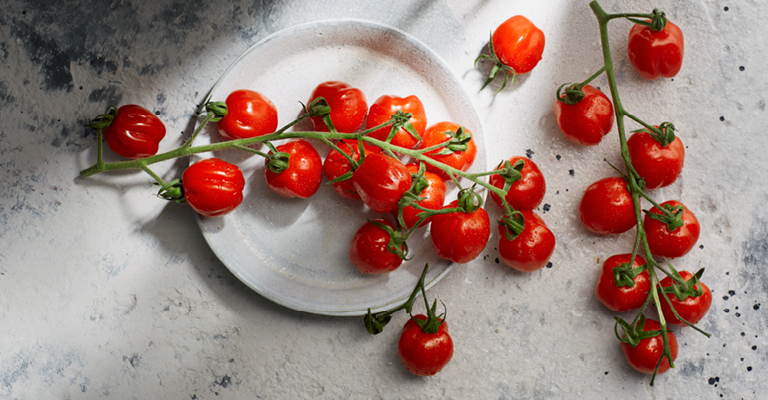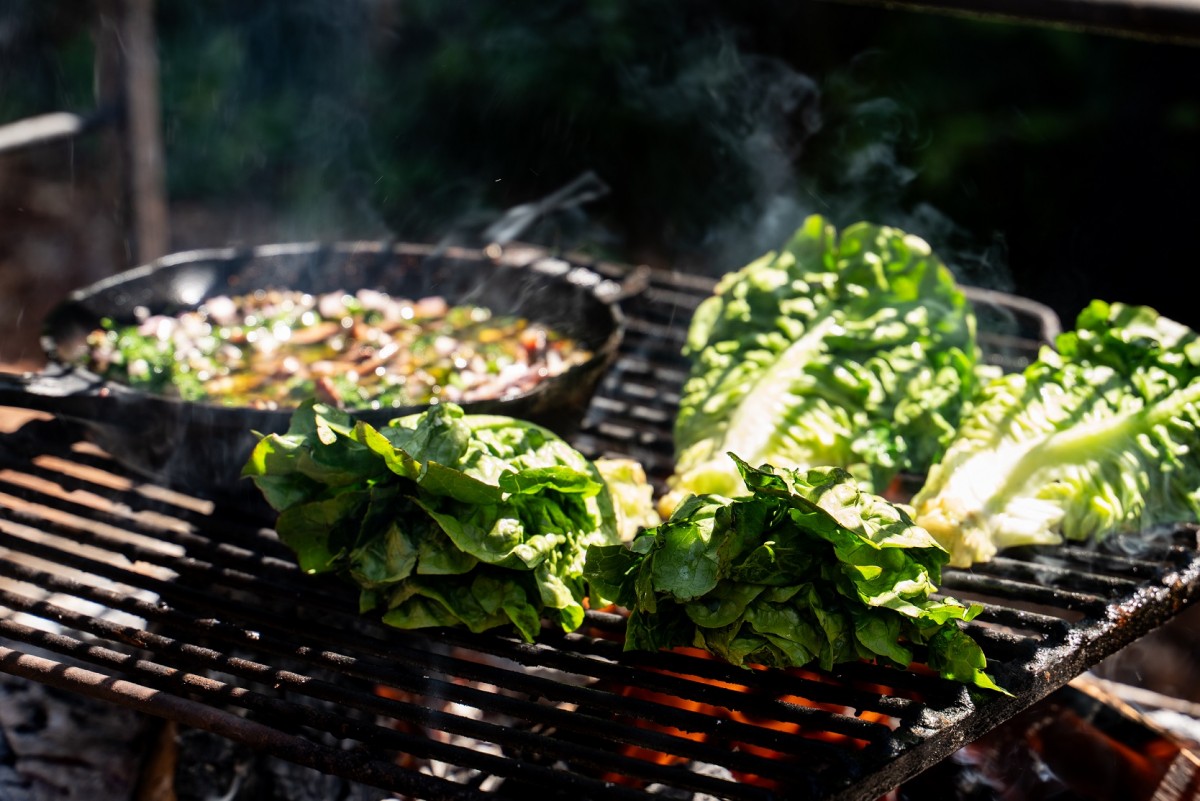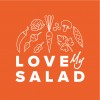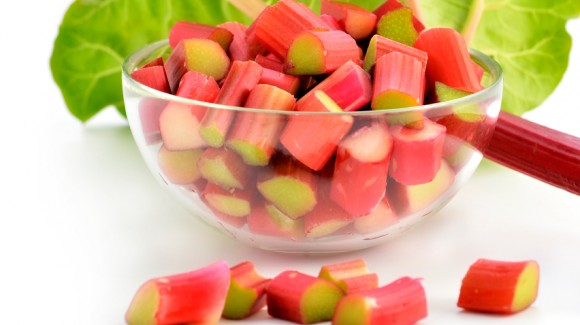
Cooking
Elevate your grilling skills to a greener level
In the Netherlands, where we love to cook outside as soon as the sun shines, barbecuing is a beloved activity. With the first rays of sunshine, many people feel the urge to fire up the grill and enjoy all sorts of delicious treats. The typical egg-shaped ceramic barbecue has become a staple in Dutch gardens, and in the summer, barbecue cookbooks fly off the shelves like hot (hamburger) buns. Traditionally, barbecuing often means an abundance of meat: satay, sausages, hamburgers, and spareribs dominate the menu, while vegetables are often limited to a side dish. At most, there might be a salad on the table. However, all this meat comes with some drawbacks. Too much meat is associated with various health risks and has a negative impact on the environment. So, why not try something new? You can certainly use your grilling skills to put more greens on your plate. Grilling vegetables is tasty, healthy, and better for our planet.
The Drawbacks of Eating Too Much Meat
In the Netherlands, meat is consumed in large quantities. On average, Dutch men eat about 900 grams of meat per week, while women consume about 600 grams. During barbecue season, enthusiasts often add even more to these amounts. Did you know that people eat an average of 400 grams of meat at a barbecue? While a bit of meat can fit into a healthy diet, excessive consumption of red and processed meat carries health risks. Eating more than 100 grams of red meat or 50 grams of processed meat per day is linked to a higher risk of conditions such as cardiovascular disease, type 2 diabetes, and certain types of cancer. Red meat includes products from mammals such as beef, pork, lamb, and goat, whether raw or fully cooked. Processed meat refers to any meat products that have been salted, dried, smoked, canned, or otherwise processed, such as by adding nitrite or nitrate. This is often done to prevent discoloration. Popular barbecue choices like steak, spareribs, hamburgers, and sausages fall into these categories. In addition to health impacts, eating meat is quite taxing on the environment. Raising livestock requires a lot of land, feed, and water, and animals contribute to greenhouse gas emissions, such as through their manure.
Less Meat and More Vegetables
It's no surprise that dietary guidelines around the world emphasize eating more plant-based and less animal-based foods. This means more legumes, nuts, fruits, and vegetables on our plates. Research shows that people who eat a lot of (different kinds of) vegetables have a reduced risk of various chronic diseases, including cardiovascular diseases, certain types of cancer, and type 2 diabetes. On average, we eat about 163 grams of vegetables per day, while it is recommended for good health to eat at least 250 to 300 grams of vegetables daily, preferably even more.
But what makes vegetables so healthy? They are packed with nutrients, such as dietary fiber, phytonutrients, vitamins, and minerals, contain little to no salt, and are low in calories. The dietary fiber and phytonutrients in vegetables play a key role in their numerous health benefits. These fibers serve as food for beneficial bacteria in our intestines, supporting a healthy microbiome and providing a feeling of satiety. Additionally, certain types of fiber can help lower LDL cholesterol and blood pressure.

Vegetable Barbecue Inspiration
Time to add more greens to your plate! How can you prepare vegetables deliciously on the barbecue? Try one of the following vegetable dishes:
- Cauliflower Steak: Cut a cauliflower into thick slices and marinate with olive oil, smoked paprika powder, garlic powder, and cayenne pepper. Grill them for about 5 minutes per side until golden brown and tender.
- Grilled Pointed Cabbage: Cut a pointed cabbage into quarters, leaving the core intact to keep the leaves together. Lightly brush with olive oil and sprinkle with pepper. Grill the quarters for about 10 minutes per side until the edges are charred.
- Vegetable Wraps: Wrap your favorite sliced vegetables, such as portobello with feta, spinach, and garlic, or a mix of cherry tomatoes, zucchini, red onion, and olives with Italian herbs, in aluminum foil. Grill the packets for about 15-20 minutes, depending on the vegetables. Serve directly from the foil for a flavorful side dish.
- Rainbow Vegetable Skewers: Thread pieces of bell pepper, red onion, zucchini, and corn onto skewers for colorful vegetable skewers. Drizzle with olive oil, herbs, and spices to taste. Grill for about 10-15 minutes, turning regularly until nicely roasted.
- You can also experiment with other vegetables, such as grilled asparagus with olive oil, lemon juice, and Parmesan cheese or carrots marinated in balsamic vinegar, honey, olive oil, and thyme. Another tasty option is grilled eggplant with za'atar. Or add an Asian twist to your barbecue with skewers of tofu, broccoli, mushrooms, and bell peppers marinated in a mix of soy sauce (less salt), sesame oil, and ginger.
Give your barbecue a healthy twist with delicious grilled vegetables!




